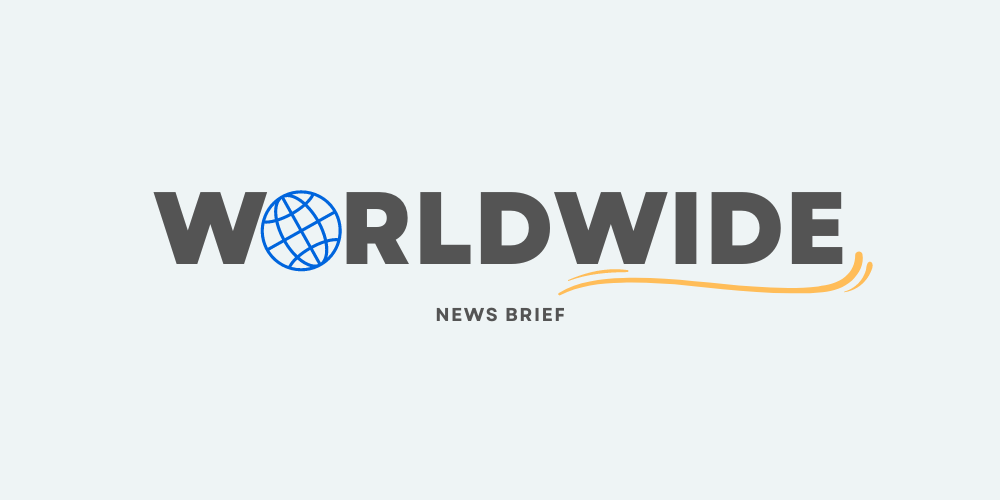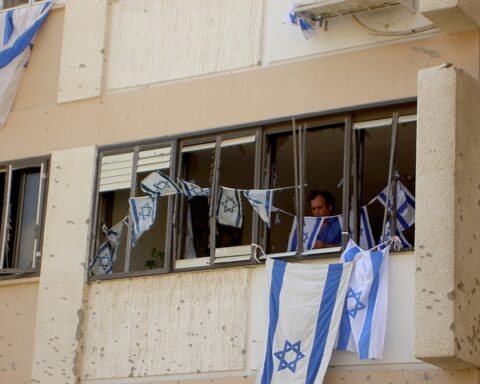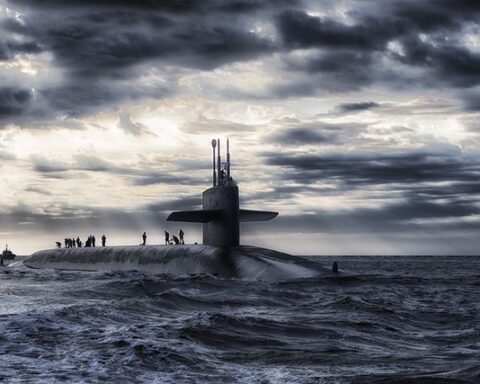The United States is now reportedly quietly moving forward with plans to build new communities for Palestinians inside the Israeli-controlled portion of Gaza, bringing in engineers and beginning site-clearing operations — a clear acknowledgment that removing Hamas from power, as envisioned in President Trump’s 20-point peace plan, will not happen anytime soon.
According to U.S., Israeli, and Arab officials, the Biden administration is now sketching out “alternative safe communities” inside what Washington calls the “green zone,” areas of Gaza firmly under Israeli control. The goal: provide housing, schools, and hospitals for displaced Palestinians in a secure environment while drawing them away from Hamas-run territory.
At the Civil-Military Coordination Center in southern Israel — where the U.S. military leads a multinational effort to stabilize postwar Gaza and chart its future — American engineering teams are actively developing blueprints for these new townships. Officials confirmed that debris removal and unexploded-ordnance clearance are underway, though construction has not yet begun.
These communities, if built, would serve as temporary safe zones and as prototypes for future reconstruction once conditions allow. Many Gazans, frustrated by Hamas’s rule even as the group’s popularity has risen in some quarters, have indicated they are eager for alternatives.
The first of these communities is planned for Rafah, the southern Gaza city bordering Egypt. Rafah has been heavily damaged and has remained under full Israeli control since roughly May. Both U.S. and Israeli officials caution that the project is in its early stages.
Gaza has been effectively split in half since the Trump-brokered cease-fire in October: Hamas controls the western half, where most Palestinians still live, while Israel controls the eastern portion.
With international donors refusing to fund reconstruction in Hamas-controlled areas — and wary even of projects on the Israeli side — the U.S. proposal may be the only viable path to begin any rebuilding. But the idea is far from universally welcomed.
Several Arab governments worry that creating U.S.-backed Palestinian communities inside Israeli-run zones risks entrenching a long-term division of Gaza under non-Palestinian authority. Egypt is particularly concerned that concentrating displaced Gazans in Rafah could one day be used as a springboard to push them across the border into the Sinai Peninsula.
Security vetting poses another major challenge. Any new community would need strict screening to prevent Hamas infiltration — a problem left unresolved as later phases of Trump’s peace plan head toward negotiation.
Meanwhile, Rafah remains unstable. Israel and Hamas estimate that roughly 100 Hamas militants are still hiding in tunnels beneath the city. They have clashed repeatedly with Israeli forces since the cease-fire began in October, and reconstruction cannot begin until the threat is contained.
Israel and Hamas remain sharply divided over how to resolve the standoff. Hamas and the U.S. want Israel to allow the fighters to leave; Israel insists they must surrender.
On Friday, the Israeli military reported that 15 militants emerged in eastern Rafah on the Israeli side of the “yellow line,” which divides the enclave. Six militants were killed, five were captured, and four remain at large.
Israel continues to reinforce the yellow line with troops, tanks, and fortified berms — and is laying electrical and water infrastructure — signaling it expects to maintain control of the area for the foreseeable future.
The U.S.-backed plan for new Palestinian communities underscores the stark geopolitical reality: until Hamas is removed from power, Washington, Jerusalem, and Arab governments must navigate deeply imperfect options to prevent further humanitarian collapse in Gaza.









